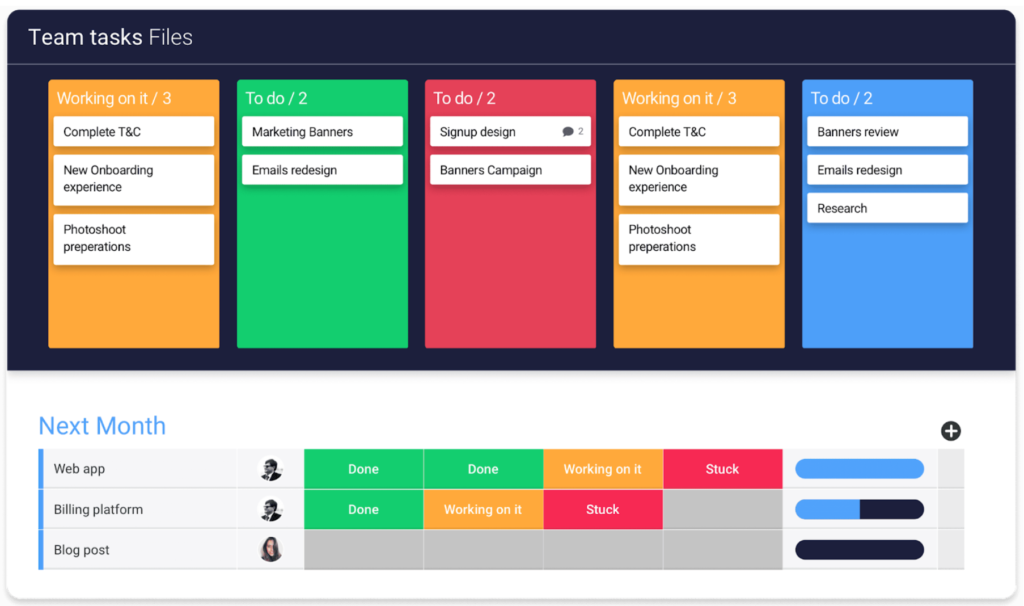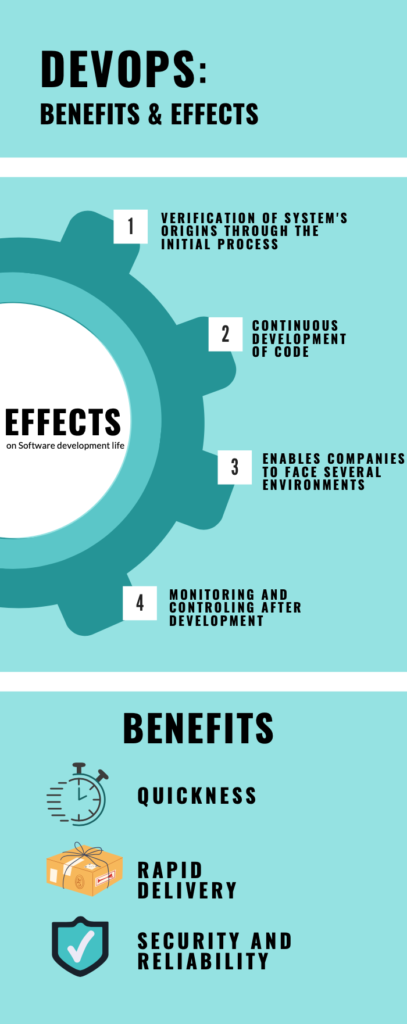Lean IT: Everything you need to know about its evolution

DevOps: Current situation with the evolution of Lean IT practices
Now here comes the most important part, how it is positioned in the companies this year, in 2021. Nowadays, with the pandemic and the current situation of components of the system (chip shortage, GPU mining imperium, and the misuse of Agile processing), the process of Lean IT has been looked upon in a position that is considered “obsolete”.

The concept of Kaizen is subjective (which is indeed pretty used and common in the industry which means “continuously improving”) and nowadays is related to Kanban (in Japanese it means “graphic card (like a post-it)” or “keys”), which is simply related to the idea that it minimises the “wastes” (muda, in Japanese). Nonetheless, this situation is actually the opposite: most simple kanbans create a problem or communication and it can show system errors in upstream & downstream tiers (from the CIO and CEO areas to the workers of an area in one of the fields of the brand), which could be shown in this pandemic (with the lack of informatization of most processes, most companies have introduced into their planning models with applications and software).
Besides, the concept of Lean IT has evolved into DevOps, which is mixing cultural philosophies, practices and tools to maximise the ability of the firm to evolve manufacturing and it also improves the overall performance of the processes. DevOps basically combines development and operations, working in the entire application cycle, from R&D to production. Some of the benefits of DevOps are:

- Quickness: In analyzing the market, the current situation of the company, and the speed to put into practice the improvement measures.
- Rapid delivery: Increasing the frequency & pace-to-release to innovate your product faster and with better quality than expectations of Lean IT practices.
- Reliability: Ensures quality of processes and output to maintain the high level of satisfaction of both workers and customers.
- Security: It prevents quicker situations of malware, spyware, and spam. One of the most important cases that happened and were the basis of the weaknesses of Lean IT was the Amazon scandal early this year.
- DevOps practices have loads of effects throughout the Software development life cycle:
- Verification of the system’s origins through the initial process. This determines if our system surpasses all the necessary requirements.
- Continuous deployment of code throughout the production process with no coordination among other teams. This shapes choices in design and architecture.
- DevOps enables companies to face several environments, which modify and adapt the decisions to some parameters that the company can set up and update.
- Monitoring after development, and control if something is unnecessary or missing. This affects the architecture, the style, and also the way information is exposed.
This topic is very extensive so for further information and to get deeper here is the link to a very interesting video to understand what DevOps is in a quick and dynamic way: What is DevOps?

DevOps, Evolution, Kaban, Kaizen, Lean Benefits, Lean It, Lean manufacturing, Lean stages, Manufacturing, Networks, Six Sigma, Techniques, Theory of constraints, TOC, Total quality management, TQM
